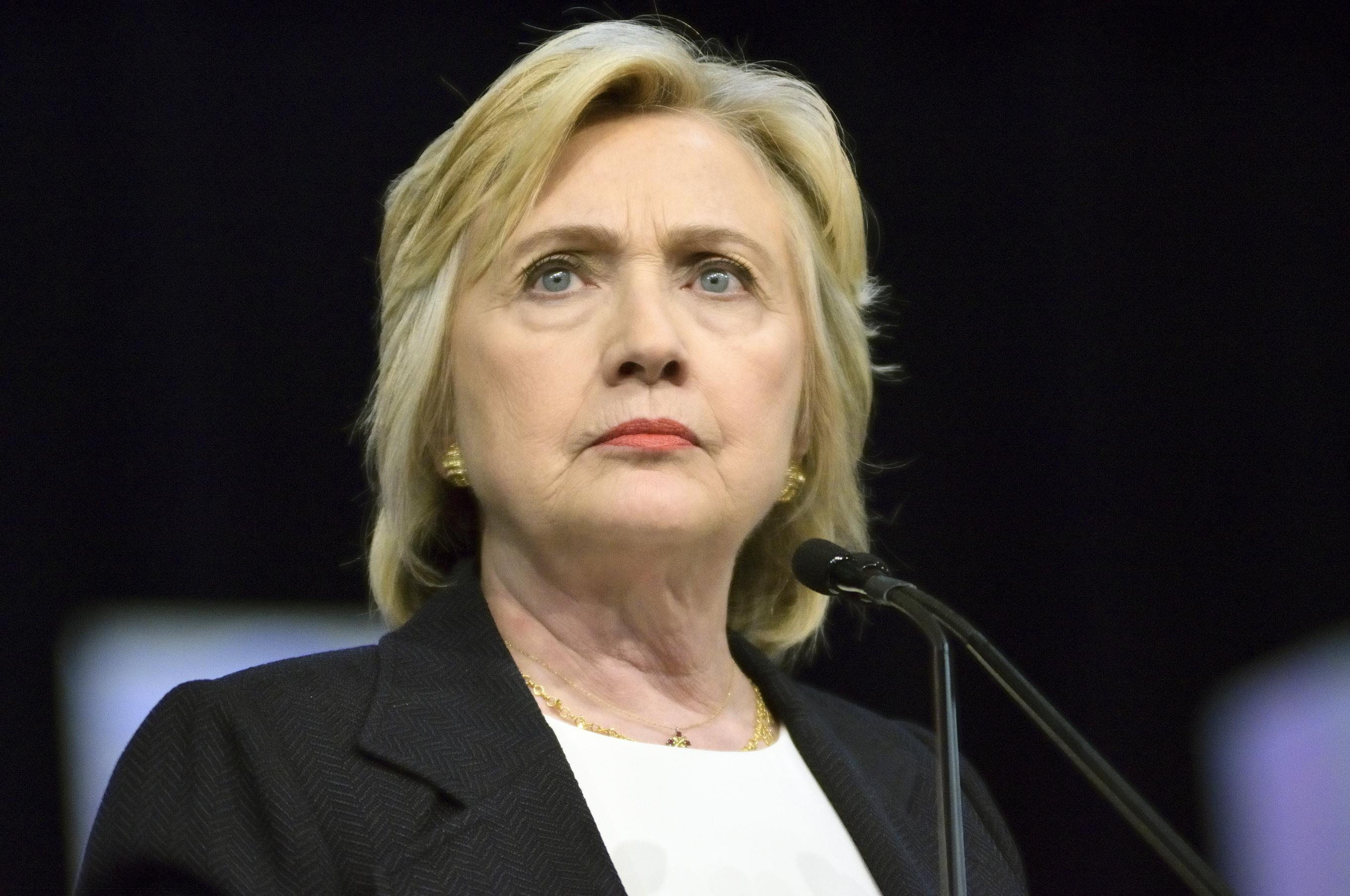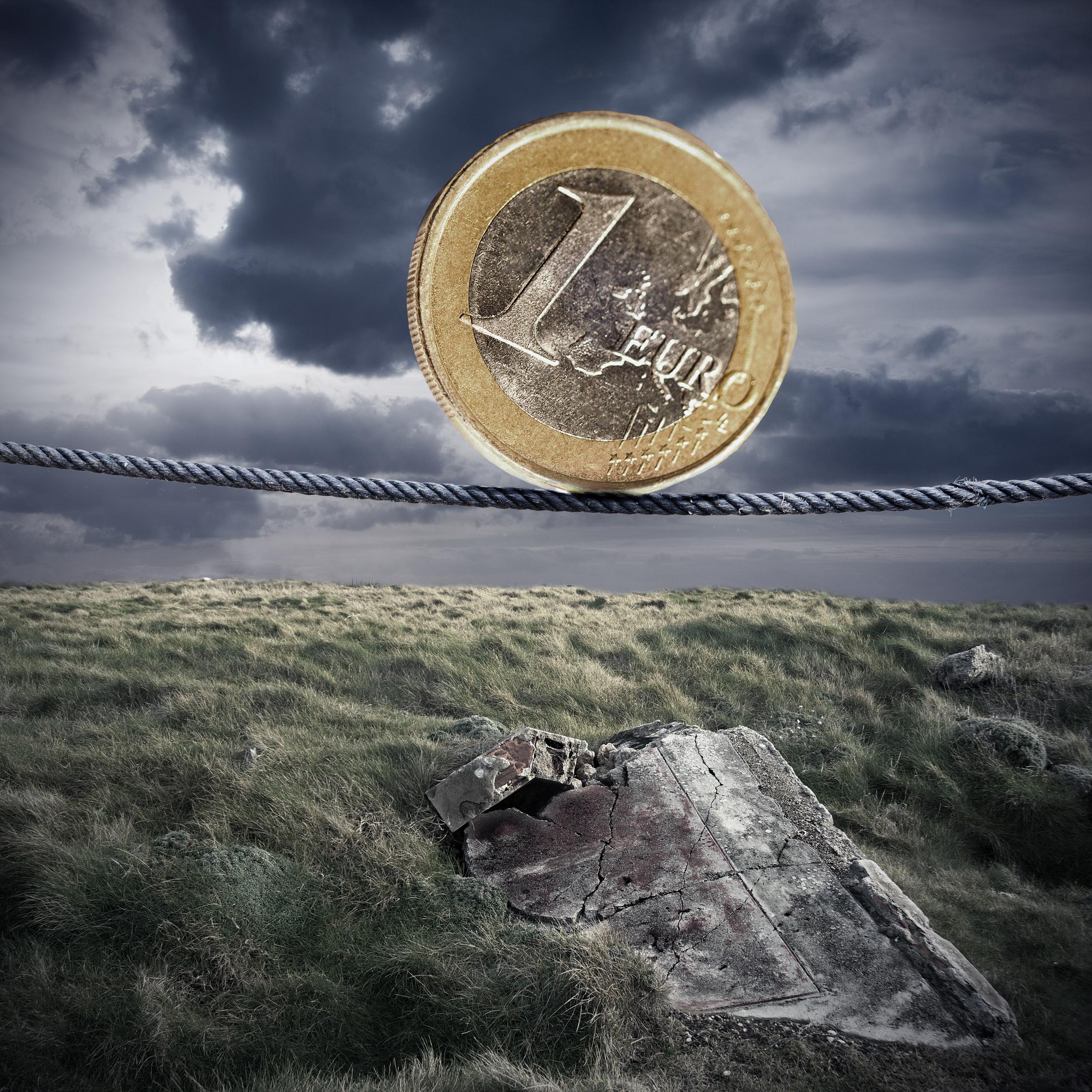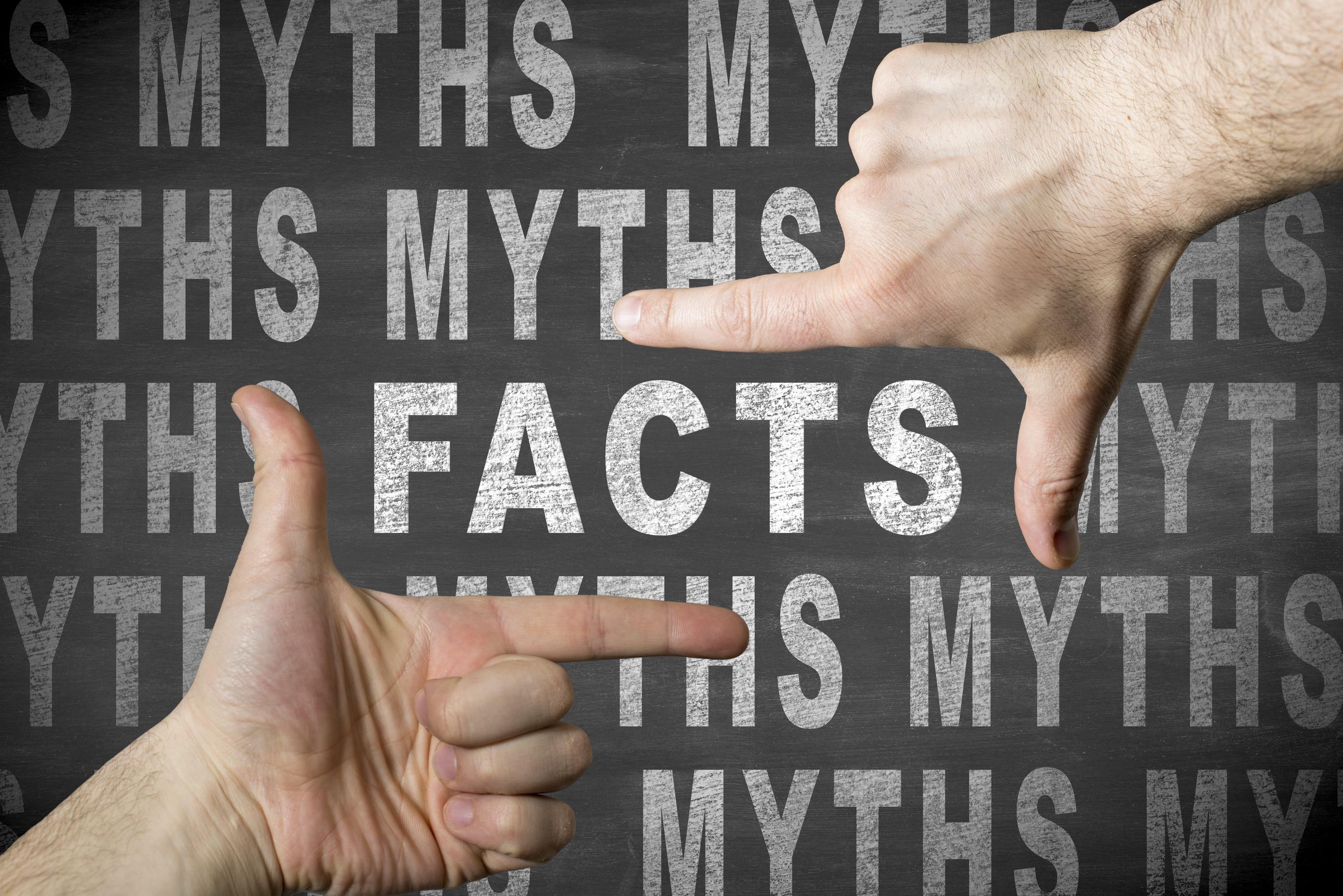
How expensive is the US stock market? Have the strong gains since the financial crisis of 2008 built yet another massive bubble that will require a correction? Some investors fear this is the biggest stock market bubble ever. Of course, such a simplistic comparison of stock prices is flawed both because stock prices are nominal and therefore likely to go up over time and also because they are driven by (real) earnings which are also likely to increase as (real) GDP increases.
To correct for these trends we can do a simple adjustment and look instead at the price-to-earnings (P/E) ratio. I will use here the one constructed by Robert Shiller (although some argue that recently the index could be less informative because of the way earnings are being calculated).

The P/E ratio shows that the end of the 90s bubble was by far the period were stocks looked the most expensive relative to earnings. What do P/E ratios look like today? On the expensive side. With a ratio above 26 it stands right at the level before the 2008 crisis and a lot higher than previous similar historical episodes. Most tend to compare it to 16, as the average P/E ratio in recent decades, to signal that the stock market is very expensive. Without going back many decades, we could say that the stock market today looks as expensive as it has been since 1981 with the exception of the bubble of the late 90s.
But that cannot be the end of the analysis as we know that the P/E ratio depends on several macroeconomic variables, in particular the level of real interest rates. And we know that real interest rates are at very low levels today and likely to stay low for a long period of time. How does the above analysis change if we adjust for changes in the interest rate?
Let's go back to the basic finance equation that links the P/E ratio to macroeconomic fundamentals. Start with a simple expression of the price of stocks as the net present (real) discounted value of earnings. Under the assumption that current earnings are expected to grow (in real terms) at a rate G and using R to denote the risk-adjusted discount rate we can write:
P = E / (R-G)
In other words the Price-to-Earnings ratio can be written as
P/E = 1 / (R-G)
To make the expression easier to read let's invert it
E/P = R-G
And let's express the risk-adjusted discount rate as the sum of a risk-free rate (RF) and a risk premium (RP).
E/P = RF + RP - G
This expression says that the E/P ratio is a function of three factors. Each of them can make the ratio low (i.e. stock prices high relative to earnings): either real interest rates are low, or investors expect earnings to grow fast or they feel good about risk and they are willing to accept a low risk premium. The last two terms are the ones that depend on expectations, can be more volatile and are capturing the optimism or pessimism of investors regarding macroeconomic conditions (both potential growth and perceptions of risk). While there is nothing in this formula that allows us to assess how irrational investors are, one would expect that at times where stock prices are seen as "bubbly" are when either estimates of growth are too high or the risk premium is too low. Let's combine the two together by rewriting the equation above to construct a potential "bubble" index of the stock market
"Bubble" Index = G - RP = RF - E/P
What this equation says is that the stock market is going to look expensive when the risk free rate looks high relative to the earnings-to-price ratio, given that the only way to justify such high stock prices is through expectations of high growth or perception of unusually low risk.
What does this index look like? I constructed the difference between RF - E/P by using price-to-earnings ratio and 10 year nominal interest rate from Shiller. And I converted nominal into real interest rates using forecasts of inflation from the survey of professional forecasters posted at the Philadelphia Fed (I mostly use 10-year inflation forecasts that match the duration of the nominal interest rate. But for the earlier years only the 1-year inflation forecast is available so I have decided to plot both series, which looks almost identical).
This is what the stock market "bubble" index looks like:

We can also see that the financial crisis of 2008 sent stock prices close to the lowest levels, similar to what happened during the double recession of the early 80s. Since then stock prices have recovered but they remain low relative to any of the previous years. Even if we ignore the 90s as an aberration, compared to the expansion of the 80s or the 2000s, the stock market today remains "cheap". And by cheap we mean that to justify current prices we do not need a very optimistic view on growth or that investors are demanding a very high risk premium. In other words, the stock market tells us that either investors are pessimistic about growth or very risk averse (which is the opposite of what you expect to see during a typical bubble).
Does this mean that the stock market is undervalued? No, it all depends on whether our current growth expectations or risk assessment are correct. Growth might surprise us and be even lower than we think today, risk could be a lot higher, maybe 10 year interest rates are a really low indicator of what interest rates are going to look like in the next 10 years. In all these scenarios the stock market will look more expensive than what it looks today. But growth could also surprise us through gains in productivity. And it might be that some of the current risks do not look that likely a few years from now. And then the stock market will look really cheap. That's the uncertainty that we always have when trying to assess the pricing of the stock market.
Our view on growth has clearly been revised downwards because of unfavorable changes in demographics and productivity. It is possible that future real GDP growth today is 1% below what it was in the 80s or the 2000s. But even if we were to make that correction to our index, the stock market would not look expensive. If you look carefully at today's index the number is about 1.5% lower than in the 80s and about 2-3% lower than in the 2000s. These differences are larger than revisions to potential GDP growth rates.
In summary, unlike the strong warning signals we get when looking at record-level nominal stock prices or even at the P/E ratio, a simple adjustment of P/E ratios by current levels of interest rates paints a very different picture of the stock market. Adjusted for current levels of real interest rates, P/E ratios tell us that the stock market today is on the cheap side relative to previous similar phases of the business cycle.
Antonio Fatas is a Professor of Economics at INSEAD. He is also the Portuguese Council Chaired Professor of European Studies and the Chair of the Economics and Political Science Area at INSEAD.
-
View Comments
(2) -
Anonymous User
Dear Antonio very interesting article. I am curious how the above index changes as we adjust the interest rate level. That is what is the sensitivity to a tightening cycle by the Fed.
If we assume a central scenario of around 3% base rates in $, how will this impact valuations.
I think this is of value for investors who fear the next tightening cycle might hurt stock market returns.
-
Leave a Comment





Anonymous User
29/10/2016, 01.55 am
Lot of analysis done here.I like bubble formula.Basic Financial education is not enough to understand markets.
Regards,
Lucidtechsystems